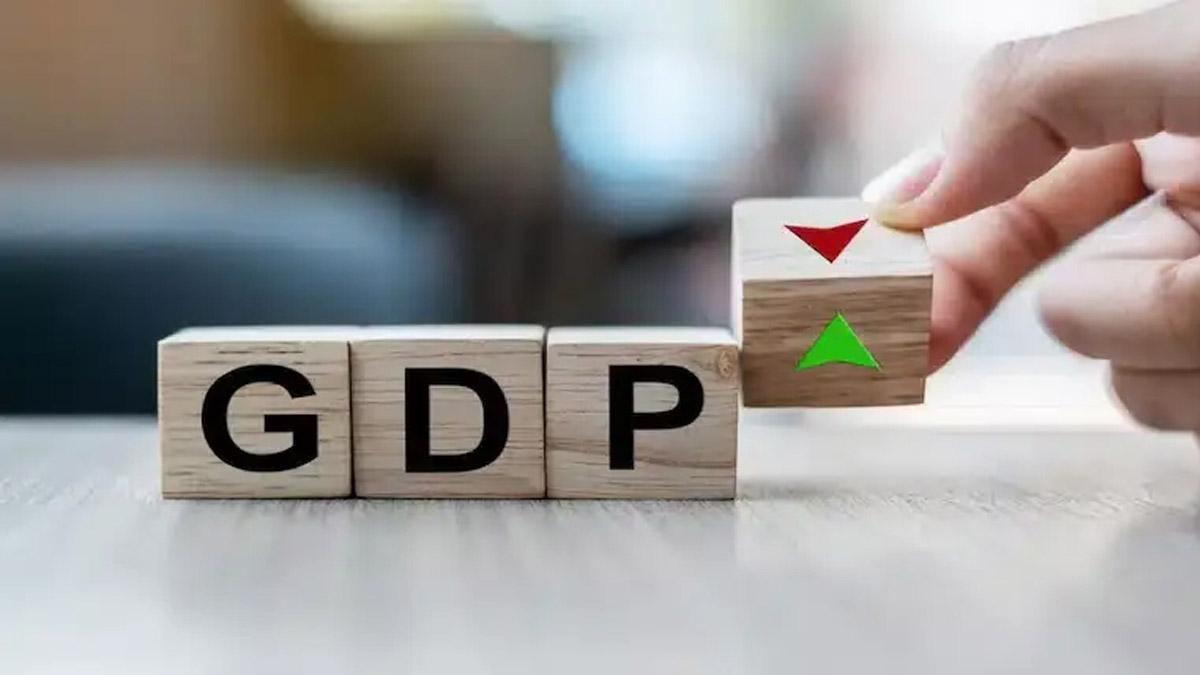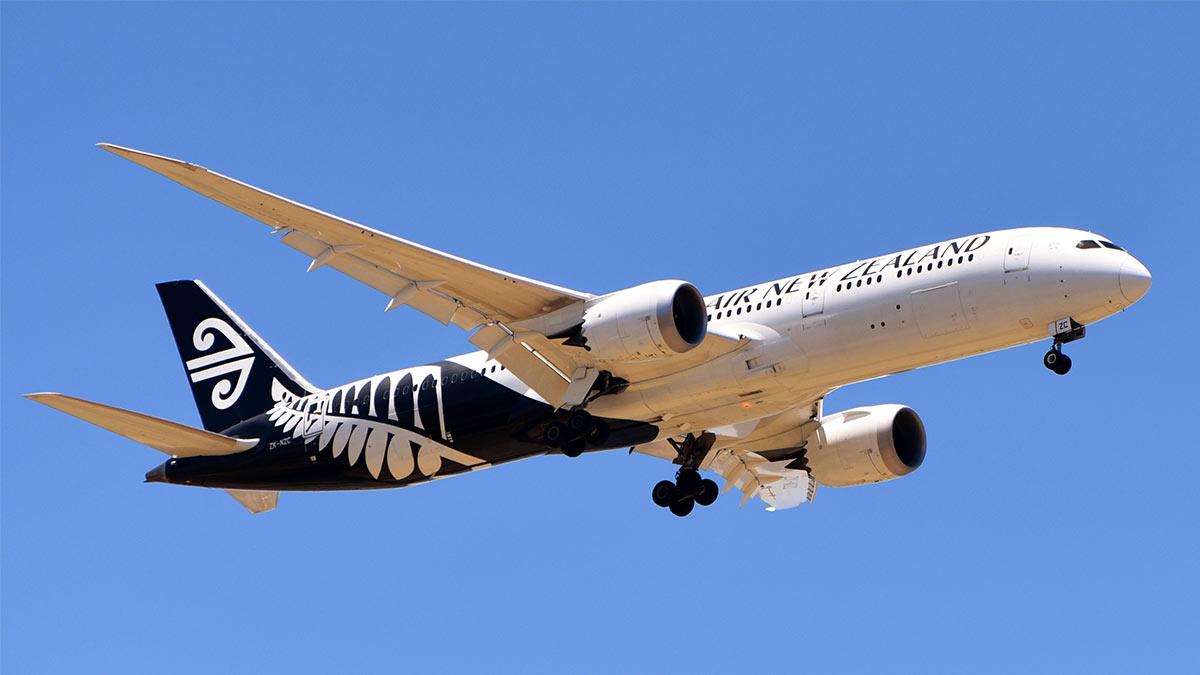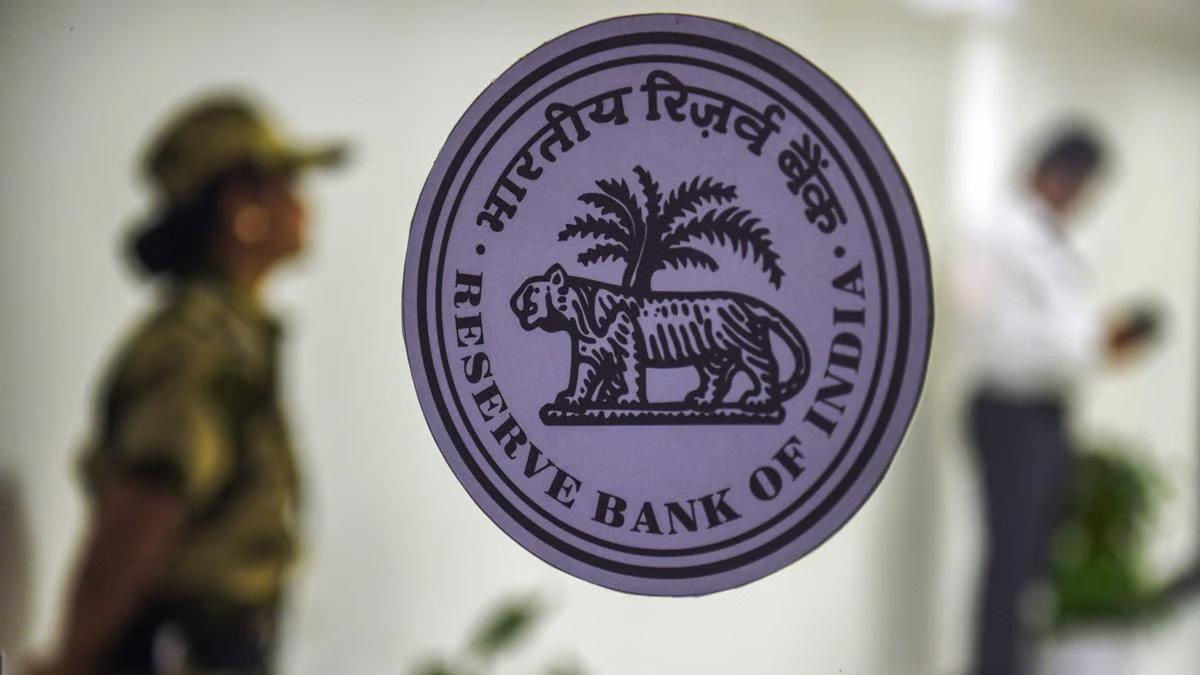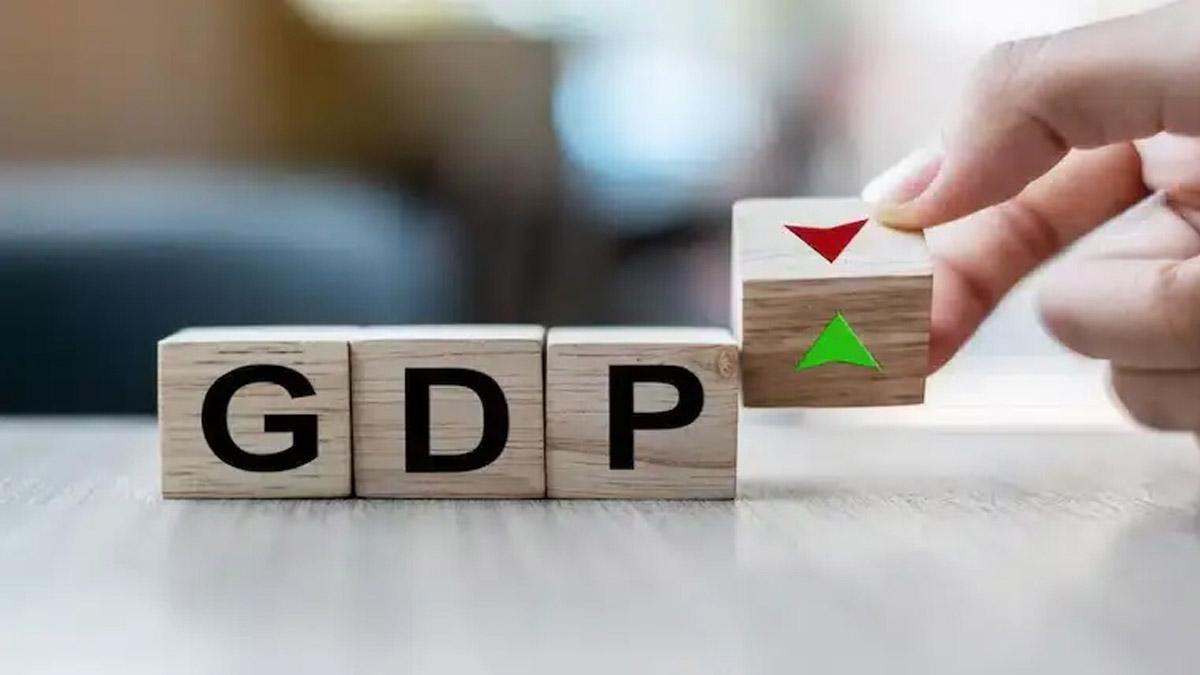While India's merchandise trade deficit has come under a bit of pressure, strong services exports and good remittances flow should keep the country's CAD in the safety zone during the current financial year (FY 2024-25), according to a report by rating agency Crisil, released on Monday.
"We expect CAD at about 1.0 per cent of GDP in fiscal 2024-25, as against 0.7 percent last year.". In addition, geopolitical issues would continue to be something of a monitorable, according to the report.
According to the Crisil report, the country's current account deficit stood largely unchanged at $11.2 billion, or 1.2% of GDP, during the second quarter (July-September) of fiscal 2024-25 as compared with $11.3 billion, or 1.3% of GDP, in the corresponding year-ago quarter. Sequentially, however, the metric - which reflects a country's external payments position - had widened slightly to $10.2 billion, or 1.1% of GDP, during the first quarter.
An important indicator, CAD was at $21.4 billion (1.2 percent of GDP) in the first half of fiscal 2025, against $20.2 billion (1.2 percent of GDP) in the corresponding year-ago period.
Though CAD softened and financial inflows rose, the rupee went down to 83.8/USD in the second quarter of this fiscal from 82.7/USD in Q2 of 2024, the report mentions.
The country's foreign exchange reserves have declined since then, mainly due to the Reserve Bank of India's intervention in the forex market to contain volatility in the rupee. From $692.3 billion at the end of Q2, India's forex reserves declined to $644.4 billion as of December 20, 2024, the report noted.
The report mentioned that net inflows from foreign portfolio investors stood at $19.9 billion, which was surging from inflows of $4.9 billion in the same quarter of the previous fiscal. Equity inflows were $10.7 billion, versus inflows of $3.6 billion. Inflows in debt were $9.1 billion as against $1.7 billion in Q2 of fiscal 2024.
Other investments grew to $18.4 billion from $10.6 billion in Q2 of fiscal 2024. NRI deposits rose to $6.2 billion from $3.2 billion, and net external commercial borrowings (ECBs) increased to $5 billion from $1.9 billion outflows in the same period last fiscal. Trade credit and advances surplus fell to $3.4 billion from $5.4 billion in Q2 of fiscal 2024.
Net financial inflows increased to 1.3 per cent of GDP, against 1.2 per cent in Q2 of fiscal 2024. Accretion to forex reserves increased to $18.6 billion from $2.5 billion in Q2 of fiscal 2024, the report pointed out.
Nevertheless, though financial flows in Q2 fiscal 2025 went up, net FDI went into outflows for the first time since Q2 fiscal 2024, nearly tripling to $2.2 billion from $0.8 billion.
Financial derivatives outflows also rose to $5.5 billion from outflows of $1.9 billion in the same quarter of the previous fiscal. On the other hand, net FPI inflows of $19.9 billion, the highest since Q3 fiscal 2021, were recorded, the report stated.
Read also| Branded Hotels in India Expected to See Double-Digit Growth in FY25 and FY26: Crisil


















